
Mount Desert Island is located off the coast of Maine in the northeastern United States. It's the largest island off the coast of Maine and is situated within Hancock County. It's famous for being the home of Acadia National Park, known for its stunning coastal landscapes, granite cliffs, and Cadillac Mountain, which is the highest point along the North Atlantic seaboard.


Mount Desert Island has been in existence for much longer than the historical record can definitively state. However, in terms of its appearance in written records, it was likely first documented by European explorers in the early 17th century. French explorer Samuel de Champlain is believed to have sailed by the island in 1604 and named it "Isles des Monts Desert," which translates to "Island of Barren Mountains."
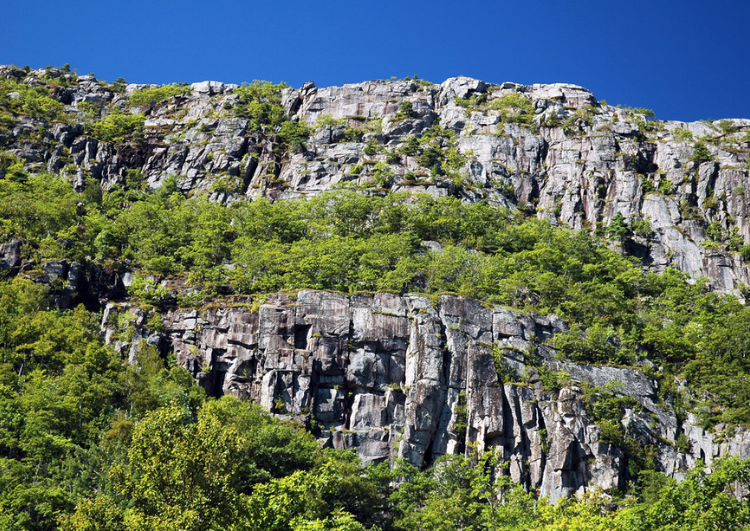
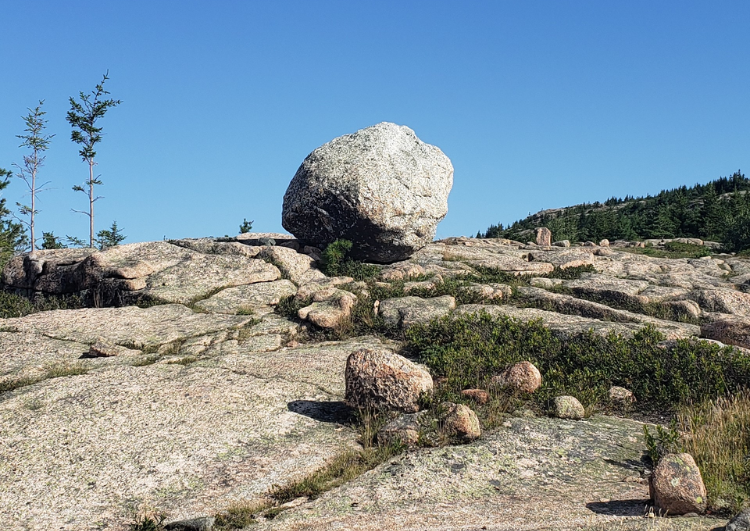
Mount Desert Island was not "invented" by any individual; rather, it is a natural geographical feature that has existed for millions of years. The island, like many landforms on Earth, was shaped by geological processes over a vast period of time, including the movement of tectonic plates, glaciation, and erosion. It was not created by human intervention or design, but rather by natural forces acting over millennia.
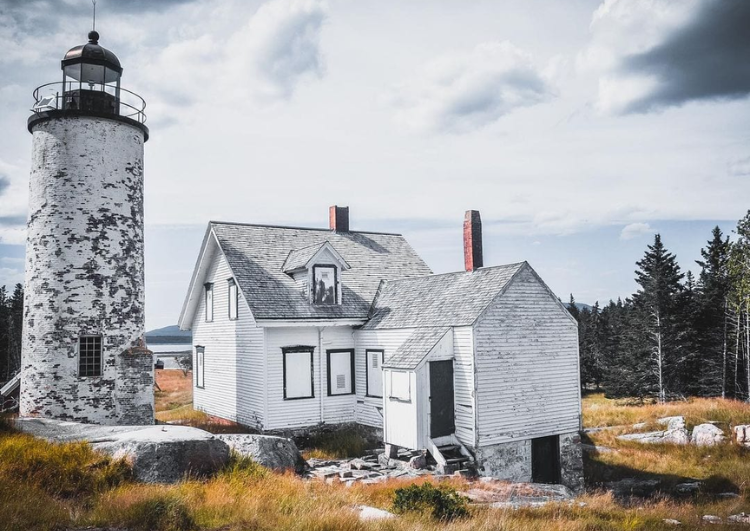
Mount Desert Island is called so due to a misinterpretation and adaptation of its original French name, "├Äles des Monts D├ęserts," given by French explorer Samuel de Champlain in 1604.
The name "Mount Desert" is believed to be a mistranslation of the French word "d├ęserts," which in this context meant "barren" or "desolate," referring to the island's rugged, rocky terrain. Early English settlers misinterpreted "d├ęserts" as "desert" in the English sense of a dry, arid region, leading to the island being called "Mount Desert Island." Despite the name, the island is not a desert but instead boasts diverse and lush natural landscapes, including forests, mountains, and coastal areas.


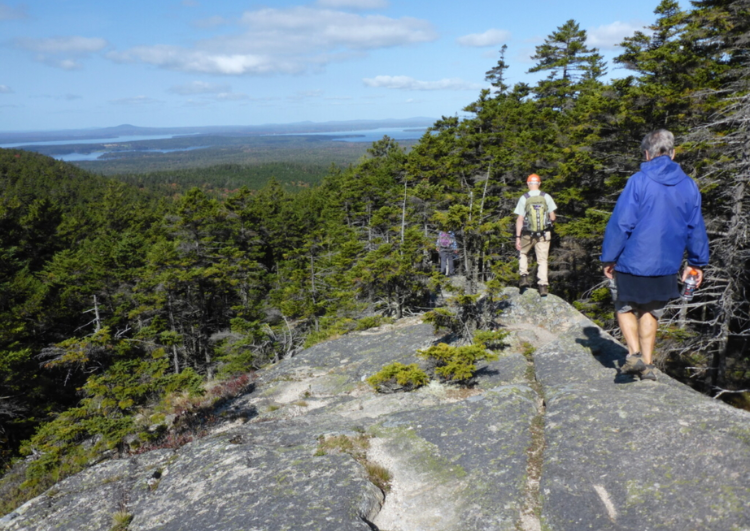

Mount Desert Island is a paradise for hiking lovers due to its diverse and picturesque landscapes, which offer a wide range of hiking opportunities suitable for all skill levels. Here's why it's so appealing:
1. **Acadia National Park**: The island is home to Acadia National Park, which boasts over 120 miles of hiking trails winding through forests, along rocky coastlines, and up to mountain summits. Trails like the Precipice Trail, Jordan Pond Path, and Cadillac Mountain South Ridge Trail offer breathtaking views and challenging terrain.
2. **Varied Terrain**: Hikers can explore a variety of terrains, including lush forests, rocky shorelines, granite peaks, and serene lakes. Each trail offers a unique experience, from easy strolls to strenuous ascents.
3. **Spectacular Scenery**: Mount Desert Island's scenery is stunning, with panoramic ocean views, rugged cliffs, cascading waterfalls, and tranquil lakes providing an ever-changing backdrop for hiking adventures. Highlights include the sunrise from Cadillac Mountain, the ocean vistas along the Park Loop Road, and the peaceful beauty of Jordan Pond.
4. **Accessibility**: Many of the island's hiking trails are easily accessible from major roads and scenic drives, making it convenient for visitors to explore the park's natural wonders. Additionally, the island's compact size allows hikers to easily access multiple trails in a single day.
5. **Guided Tours and Resources**: For those new to hiking or unfamiliar with the area, guided tours and ranger-led programs are available within Acadia National Park. These tours provide valuable insights into the island's ecology, history, and geology while exploring its trails safely.
Overall, Mount Desert Island offers an unparalleled hiking experience, allowing outdoor enthusiasts to immerse themselves in the beauty of nature while exploring a diverse range of landscapes and trails. Whether you're seeking a leisurely stroll or a challenging ascent, there's something for everyone to enjoy on the island's hiking trails.
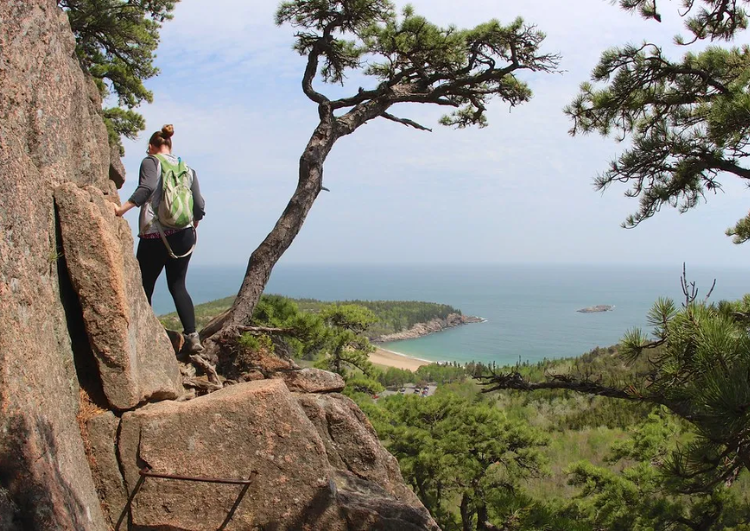



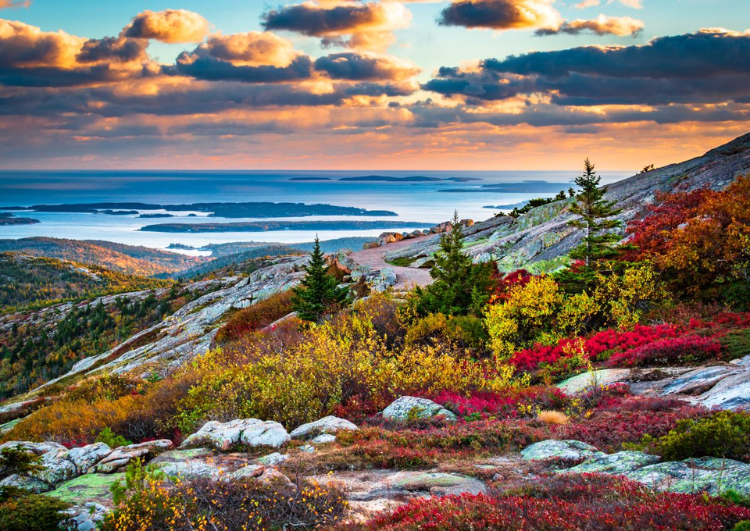
Mount Desert Island offers hiking opportunities year-round, but the best time for hiking may vary depending on individual preferences and seasonal conditions. Here's a breakdown of hiking considerations for different times of the year:
1. **Spring (March to May)**:
- Spring brings milder temperatures and the reawakening of nature. Wildflowers bloom, and wildlife becomes more active.
- Trails may be less crowded compared to the peak summer season, allowing for a more peaceful hiking experience.
- However, spring weather can be unpredictable, with occasional rain showers and muddy trails due to melting snow. Hikers should be prepared for variable conditions.
2. **Summer (June to August)**:
- Summer is the peak tourist season on Mount Desert Island, with warm temperatures and long daylight hours ideal for hiking.
- All trails are typically open and accessible, allowing hikers to explore the island's diverse landscapes to the fullest.
- Popular trails and parking areas may be crowded during summer months, especially in Acadia National Park. Early morning or late afternoon hikes can offer a quieter experience.
3. **Fall (September to November)**:
- Fall is a spectacular time to hike on Mount Desert Island, with vibrant foliage painting the landscape in hues of red, orange, and gold.
- Cooler temperatures make for comfortable hiking conditions, and the island's trails offer stunning views of fall foliage against the backdrop of rocky coastlines and granite peaks.
- Fall is also less crowded than summer, making it an excellent time to explore Acadia National Park and its trails.
4. **Winter (December to February)**:
- Winter hiking on Mount Desert Island offers a unique experience, with fewer crowds and tranquil landscapes blanketed in snow.
- Some trails may be closed or inaccessible due to snow and ice, but popular routes like the Carriage Roads and certain low-elevation trails remain open for winter hiking and snowshoeing.
- Hikers should be prepared for cold temperatures, icy conditions, and shorter daylight hours during the winter months.
Overall, Mount Desert Island offers hiking opportunities year-round, with each season providing its own unique beauty and challenges. Hikers should plan their trips accordingly, taking into account seasonal weather patterns and trail conditions to ensure a safe and enjoyable experience.